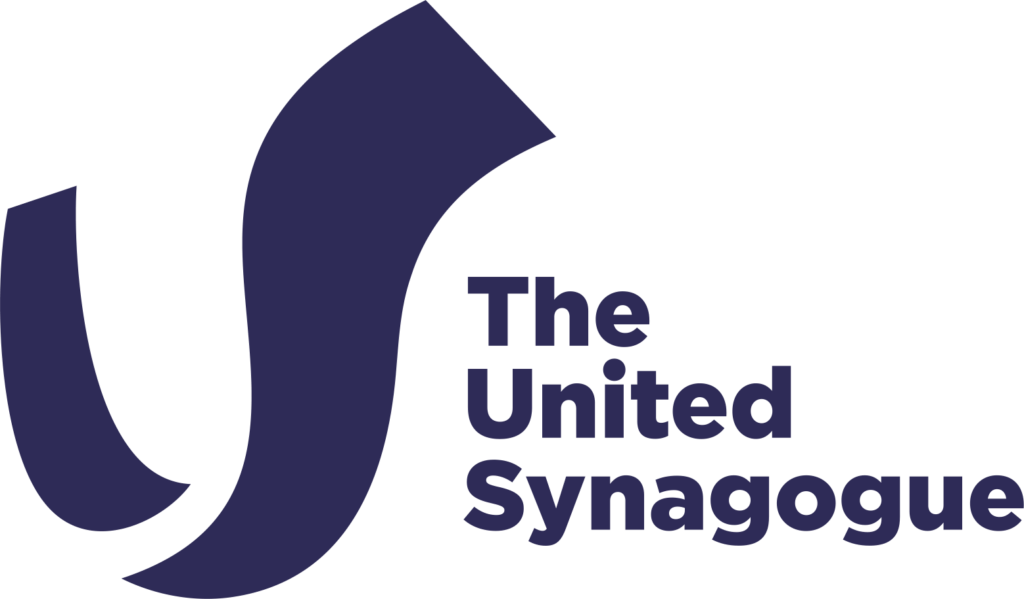by Rabbi Pinchas Hackenbroch, Senior Rabbi, Woodside Park United Synagogue
Purim is one of the most enigmatic days in the Jewish calendar. It recalls our nation’s salvation, from the brink of annihilation at the hands of Haman and King Achashverosh. Yet it is often misunderstood as a day of mere merriment and revelry.
In fact, one of the most remarkable aspects of Purim is that its ‘twin’ is Yom Kippur. In the Torah, Yom Kippur is referred to as ‘Yom Hakippurim’. The Zohar (the central work of Jewish Mysticism) states that this alludes to Yom Kippur being a day “Ke’Purim’ i.e. similar to Purim.
This seems baffling. Yom Kippur is the most solemn day in the Jewish calendar, when we abstain from physical pleasures and spend the day immersed in prayers and fasting. Purim, on the other hand, is a day of tremendous joy; there is an emphasis on physical enjoyment and pleasure, reflected in two of the mitzvot of the day, mishloach manot, the sending of food gifts and seudat Purim, the special festive meal which focus on eating and drinking. Never – seemingly – could there be a greater contrast in the mode of experience of two days in the Jewish calendar.
The Vilna Gaon (Rabbi Eliyahu Kramer d. 1797) explains that the two days are in fact mirror images of one another. All other festivals follow a divided format. Half of the festival consists of obligations to God (i.e. prayer) and the other half is for our personal enjoyment, in the form of festive meals (Talmud Pesachim 68b).
In contrast, Yom Kippur lacks this division. There is no half set aside for personal enjoyment. Instead we stand before God simulating angels, putting aside the fulfilment of our bodily pleasures. The activities of Purim are the direct opposite; most of the day is devoted in some fashion to physical pleasure.
Rabbi Yitzchak Hutner (d. 1980) further develops the idea of Purim and Yom Kippur being opposites of one another. Due to their contrasting nature, each provides the missing half that the other lacks. Together, they constitute one complete festival, reflecting the dual aspects of ‘half that is for God and half that is for Man’. They are in effect two halves of one whole.
This unity, explains Rabbi Hutner, represents our deep, innermost desire to carry out God’s will. Yet, on occasion, we find ourselves being prevented from doing so. Sometimes, it can be our evil inclination (yetzer ha’ra) that holds us back, and at other times, we are held back due to persecution.
The combination of Purim and Yom Kippur can bring about the elimination of these two barriers. Yom Kippur has the ability to remedy through abstinence. This can negate the first cause of our transgressions, the powerful yetzer ha’ra. As we stand before God, we shun our physical needs and focus purely on our spiritual dimension. On Purim, we address the second barrier, our suffering at the hands of cruel enemies, by demonstrating our steadfast desire to serve God through the physical world, however precarious our place in that world might sometimes be.

